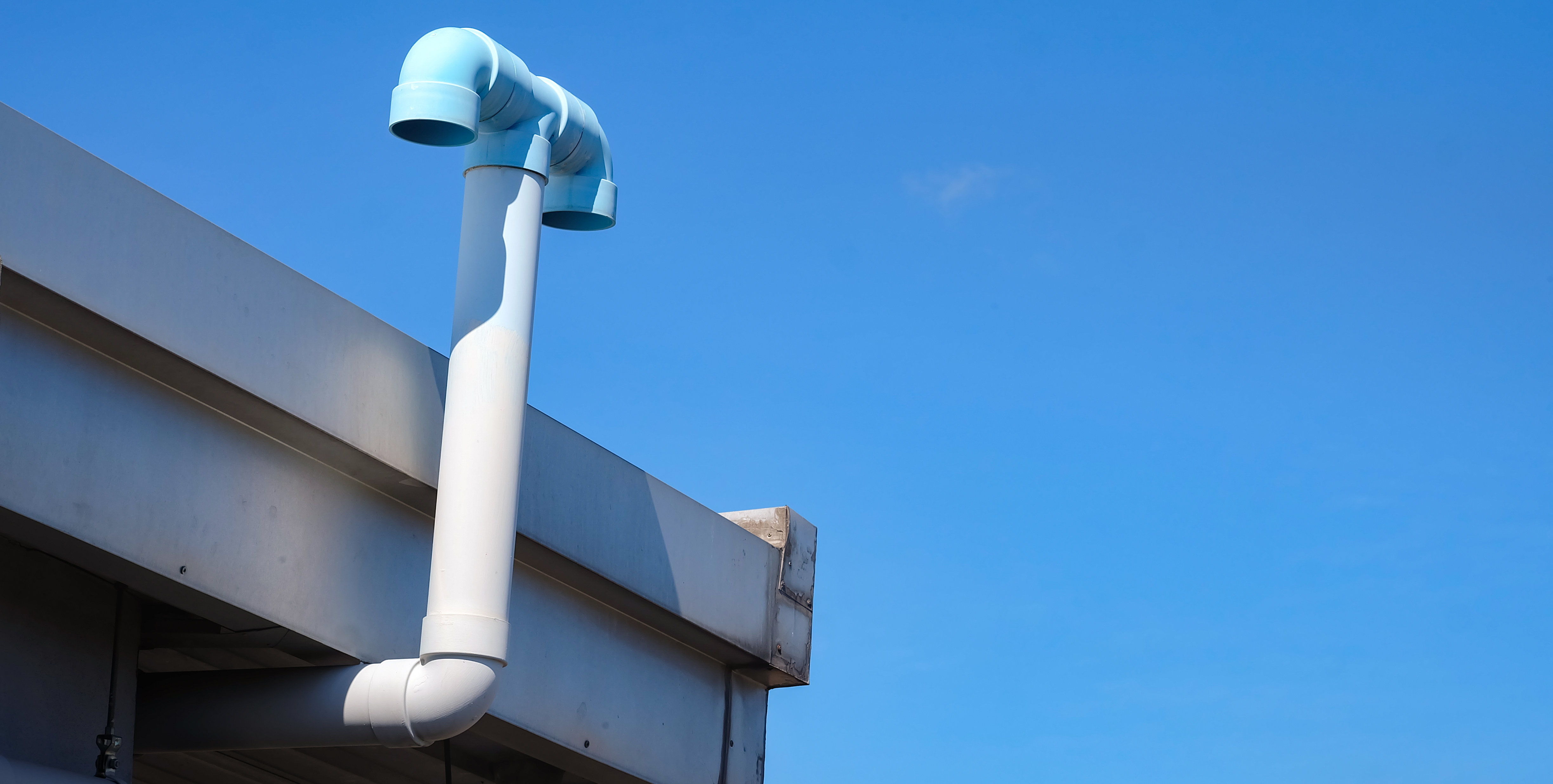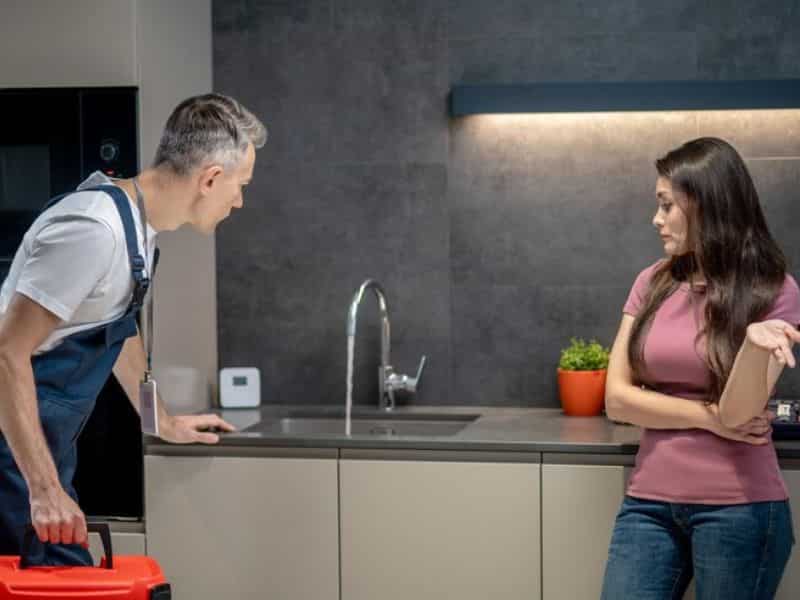Gaining Insight into Home Plumbing Basics: A Beginner's Introduction
Gaining Insight into Home Plumbing Basics: A Beginner's Introduction
Blog Article
We have stumbled upon the article involving Plumbing basics: How your home plumbing works below on the internet and reckoned it made sense to write about it with you on my blog.

Plumbing is an essential facet of any kind of home, in charge of supplying clean water for alcohol consumption, food preparation, and bathing, as well as removing wastewater securely. Recognizing the fundamentals of home plumbing is vital for every homeowner to make sure appropriate maintenance, troubleshooting, and, if essential, fixings. In this novice's guide, we'll cover the basic ideas of home plumbing to help you end up being much more knowledgeable about how it functions.
Supply Of Water System
The water supply system brings tidy water into your home from a metropolitan water resource or an exclusive well. It includes a main water line that links to your home's plumbing system, usually situated underground. A water meter measures the quantity of water consumed, while a shut-off shutoff permits you to manage the circulation of water into your home.
Plumbing Components
Plumbing fixtures are tools that deliver water to numerous parts of your home and include sinks, taps, commodes, showers, bathtubs, and devices such as dishwashers and cleaning machines. Each fixture is connected to the water system system using pipes and installations and may have its shut-off shutoff for maintenance or emergencies.
Water Heating System
The water heater is responsible for home heating water for domestic use, consisting of showering, cooking, and cleaning. Usual types of water heaters consist of tank-type water heaters, tankless (on-demand) hot water heater, and heatpump water heaters. The water heater is linked to the water supply system and provides warm water to plumbing components as required.
Drainage System
The water drainage system removes wastewater from your home and carries it away to a sewer therapy center or septic system. It consists of a network of pipes, fittings, and fixtures that move wastewater from plumbing fixtures to the main drain line or sewage-disposal tank. Correct drainage is necessary to protect against clogs, backups, and sewage leaks.
Ventilation System
The ventilation system assists preserve correct atmospheric pressure and avoid drain gases from entering your home. Air vent pipelines, additionally called air vent heaps, expand from plumbing components to the roof covering, enabling drain gases to leave safely outdoors. Ventilation pipes additionally enable air to enter the drain system, promoting smooth wastewater flow and protecting against suction or vacuum cleaner results.
Typical Plumbing Tools
Having the right devices on hand is essential for doing fundamental plumbing repairs and maintenance tasks. Typical plumbing devices consist of adjustable wrenches, monkey wrench, pliers, pipeline cutters, hacksaws, plungers, augers (or drain serpents), and Teflon tape. Having these devices easily available can help you take on small plumbing problems effectively.
Basic Plumbing Repair Work
While some plumbing repairs might need professional assistance, several typical issues can be resolved with fundamental DIY strategies. Discovering how to fix a dripping faucet, unblock a drain, change a bathroom flapper, or fix a leaking showerhead can conserve you money and time on plumbing repair work.
Verdict
Comprehending the basics of home plumbing is essential for every single house owner to maintain a risk-free, functional, and effective plumbing system. By familiarizing on your own with the water supply system, plumbing fixtures, water drainage system, ventilation system, usual plumbing tools, and fundamental repairs, you can with confidence address minor plumbing concerns and ensure your home's plumbing system runs efficiently.
Plumbing for Beginners: A Comprehensive Guide
If you’re a beginner when it comes to plumbing, don’t worry; you’re not alone. Plumbing may seem intimidating, but with the right knowledge and a little practice, you can handle many common plumbing issues on your own. In this comprehensive guide, we will demystify the world of plumbing for beginners, providing you with the basic knowledge and skills needed to tackle common plumbing problems and even take on some DIY plumbing projects.
The Importance of Basic Plumbing Knowledge for Beginners:
First and foremost, basic plumbing knowledge gives you a solid foundation. It helps you grasp the key concepts and terminology that are essential in this field. By learning the basics, you’ll be able to build upon that knowledge and tackle more complex plumbing tasks in the future.
Having a basic understanding of plumbing also enables you to handle common issues that may arise in your home. Picture this: a leaky faucet or a clogged drain. With some basic plumbing knowledge, you’ll have the confidence to troubleshoot and fix these problems on your own. It saves you from unnecessary expenses and the hassle of waiting for a professional to arrive.
As a beginner, learning the basics of plumbing empowers you to take care of your own home. It gives you a sense of independence and self-reliance. You’ll no longer have to rely solely on professionals for every small issue that pops up. Instead, you can handle many tasks yourself, saving time and money in the process.
Remember, everyone starts as a beginner. Embrace the learning process and take small steps to expand your plumbing knowledge. There are plenty of online resources, tutorials, and even local workshops that talk about plumbing for beginners.
Essential Tools for Plumbing for Beginners
As you start your plumbing journey, having the right tools in your toolbox is crucial. Let’s explore some of the must-have tools:
Adjustable Wrench:
This versatile tool is a staple in any plumber’s toolbox. It allows you to tighten or loosen nuts and bolts of various sizes. Make sure to have an adjustable wrench with a comfortable grip.
Pipe Wrench:
A pipe wrench is specifically designed for gripping and turning pipes. It has serrated jaws that provide a strong grip, making it easier to loosen or tighten threaded pipes and fittings.
Plunger:
The plunger is a simple yet effective tool for clearing clogged drains and toilets. It creates suction when you push and pull, helping to dislodge blockages. Keep a good-quality plunger handy for those unexpected clogs.
Pipe Cutter:
When it comes to cutting pipes, a pipe cutter is your go-to tool. It creates clean, precise cuts without damaging the pipe. Look for a pipe cutter that can handle the pipe sizes you’re working with.
Hacksaw:
A hacksaw is useful for cutting through pipes, screws, and other materials. It’s a versatile tool that can handle different cutting tasks. Remember to use a blade suitable for cutting metal.
Tape Measure:
Accurate measurements are crucial in plumbing. A tape measure allows you to measure pipe lengths, distances, and dimensions accurately. Opt for a sturdy tape measure that extends a good length.
Pliers:
Pliers come in handy for various tasks, such as gripping, bending, and cutting. Slip-joint pliers with adjustable jaws are great for gripping pipes, nuts, and bolts.

Do you appreciate reading about Plumbing Basics For Every Home: The HomeTriangle Guide? Post a comment down the page. We will be delighted to see your insights about this blog posting. We hope that you come back again in the near future. Those who enjoyed reading our blog posting please do not forget to share it. Thanks a bunch for being here. Return soon.
Call Today Report this page